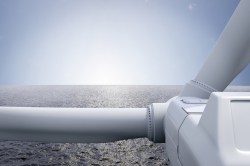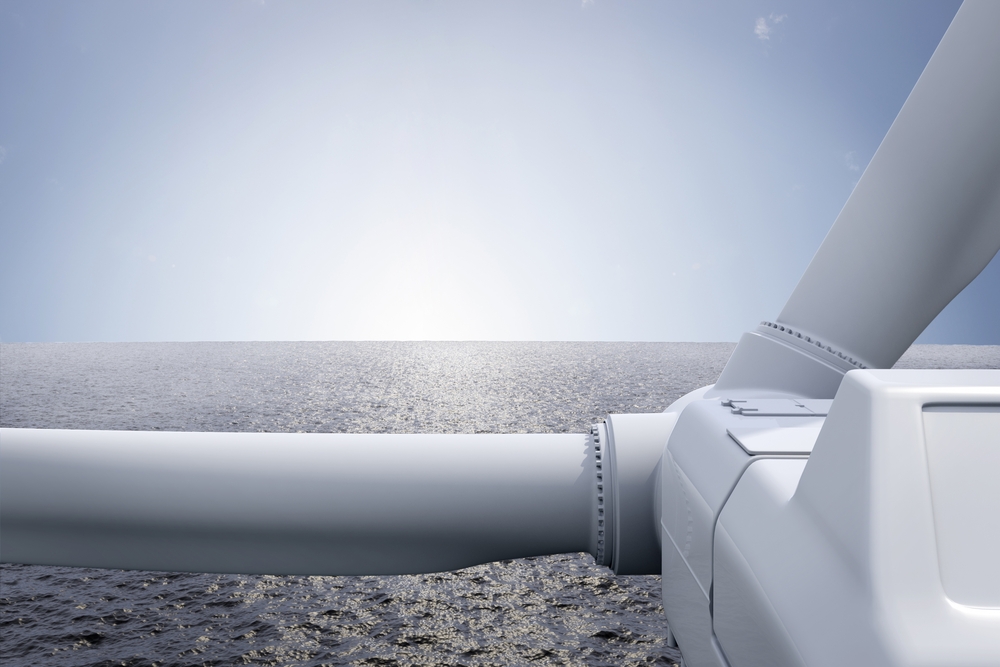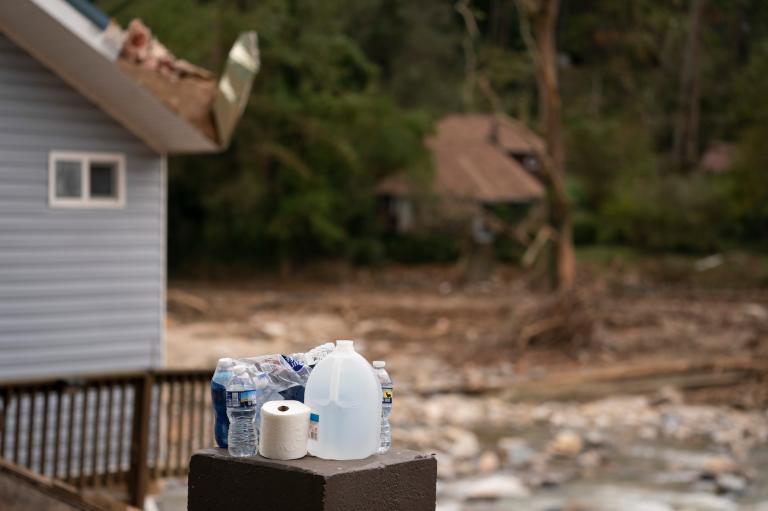
Shutterstock / F.SchmidtHere comes the offshore wind power …
Maryland is one big step closer to getting the offshore wind power that its residents want and its governor has fought for.
Gov. Martin O’Malley (D) has spent the past three years trying to convince lawmakers to approve his plans for a wind farm in the Atlantic Ocean to help power the state’s homes. On Monday, the General Assembly finally granted his wish with an 88-48 vote, following state Senate approval earlier this month.
Under legislation that O’Malley will soon sign (and that the state’s residents supported), residential electricity customers will see their bills rise slightly to help fund construction of wind turbines 10 to 20 miles off the coast of Ocean City.
The bill will require suppliers of electricity in the state to get up to 2.5 percent of their power from offshore wind as early as 2017. And it would offer a successful developer a subsidy of up to $1.7 billion over 20 years — paid for by Maryland’s residential and commercial electric ratepayers through slightly higher bills.
To pay for the subsidy, the Public Service Commission could authorize an additional charge of up to $1.50 a month for residential electricity customers. Commercial customers could see a charge of up to 1.5 percent of their electric bills. The higher rates would help assure that the wind energy developer takes in enough money to pay its investors.
The wind farm could produce 200 megawatts of electricity — shy of what O’Malley originally envisioned:
To keep customer costs that low, the governor scaled back the project that would be supported by Maryland ratepayers to 200 megawatts, about a third the size of offshore wind developments proposed in other states.
Some have said the smaller scale of the Maryland project could deter developer interest. Hopper said state officials hope developers can find ways to leverage the state subsidy to finance a larger wind facility.
The project still faces “regulatory, political and financial hurdles,” the Sun reports, and could be four to seven years away from construction even if everything goes as planned. Still, with no wind turbines yet in American offshore waters despite strong growth in the wind energy sector, Monday’s vote is being celebrated by environmentalists.
From the Sierra Club’s Compass blog:
This is a huge victory that is nationally significant for two reasons. First, it could well be the tipping point that allows us to finally tap the massive offshore wind potential off the East Coast. Second, it will ensure that historically underrepresented minority groups and small businesses will benefit from the jobs and investment dollars that offshore wind projects generate.
Not to mention how nice the turbines will look: Like graceful monuments to an energy economy in transition.



